Wound healing doesn’t happen instantly. Our body goes through four main stages to restore the skin to its original condition. Let’s get to know them one by one!
1. Hemostasis
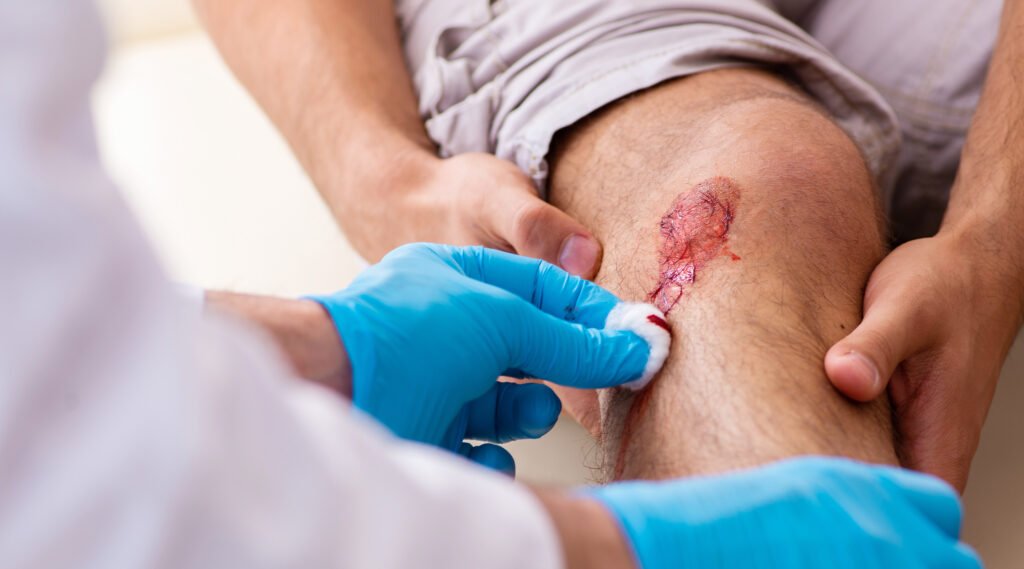
This is the first stage, usually lasting up to two days. As soon as the skin is injured, nearby blood vessels constrict (vasoconstriction) to slow down blood flow.
The body also releases clotting factors that work together with fibrin to form a blood clot (thrombus). This clot acts as an “emergency seal” over the damaged blood vessels to stop further bleeding.
Tip: Apply gentle pressure to the wound using a clean gauze pad to stop the bleeding.
2. Inflammation
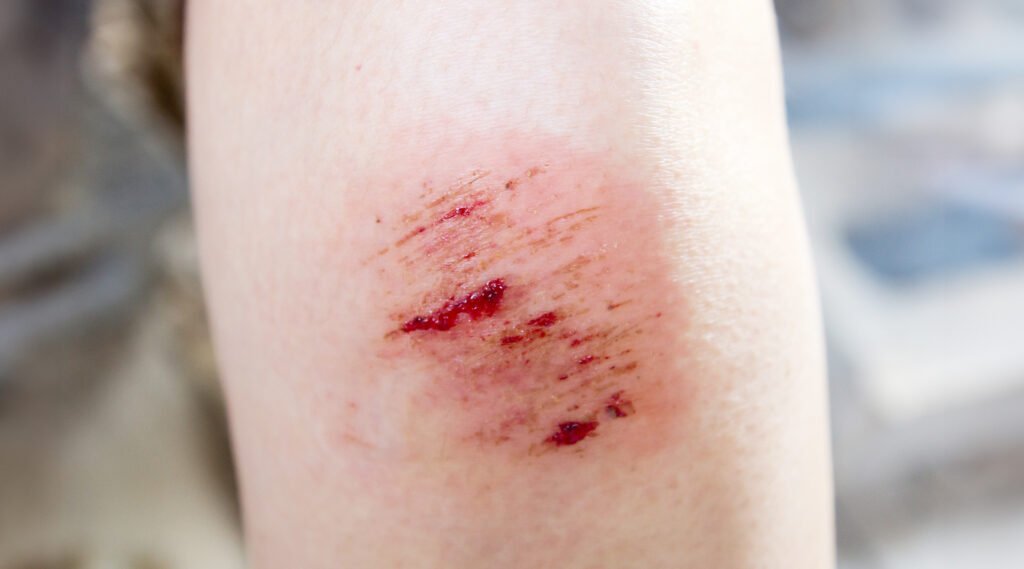
This second stage can last up to seven days for acute wounds, and even longer for chronic wounds. White blood cells arrive at the wound site to fight bacteria and clear out debris, while preparing the wound bed for new tissue growth.
Signs: Redness, mild swelling, warmth, and pain.
Tip: Gently clean the wound with mild soap and water; avoid scrubbing. Then cover it with a sterile dressing.
3. Proliferation
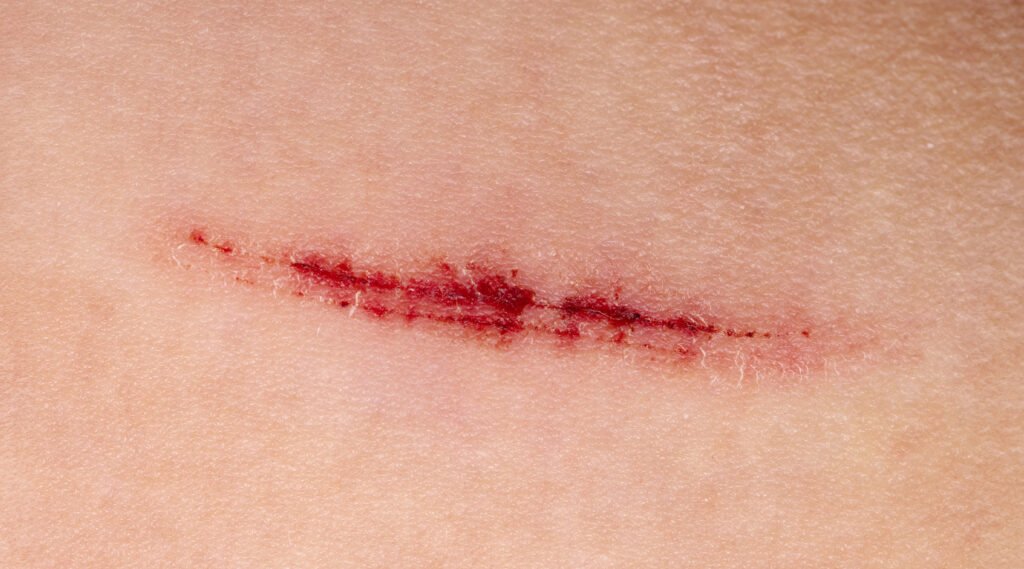
Here, the focus shifts to filling and closing the wound. The body begins forming granulation tissue, creating new blood vessels (angiogenesis), pulling wound edges together, and growing a new skin layer (epithelialization).
The new tissue often appears red or pink due to the abundance of tiny blood vessels. This process can last from 4 days to 3 weeks or more, depending on collagen production by fibroblasts (specialized connective tissue cells).
Tip: Keep the wound moist by covering it with a clean dressing to promote faster healing.
4. Remodelling (Maturation)
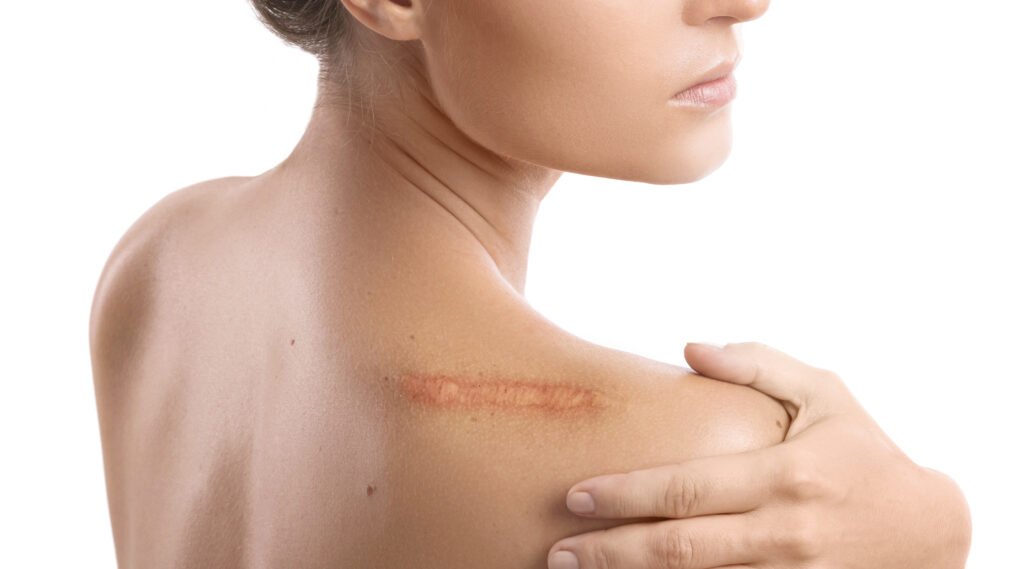
This final stage can take months or even years. The new tissue becomes stronger and more flexible thanks to continuous collagen production.
However, remember that scar tissue is usually about 20% weaker and less elastic than uninjured skin.
Tip: Once the wound is closed, a gentle massage over the scar can help keep the tissue flexible.
Factors That Affect Wound Healing
Several things can slow down recovery, such as:
- Age or fragile skin
- Pre-existing medical conditions (comorbidities)
- Certain medications
- Infection
- Nutritional and hydration status
- Lifestyle factors (smoking, alcohol)
- Post-surgical conditions
Common Healing Barriers
- Diabetes: Can cause slow healing due to nerve damage (neuropathy) and poor blood circulation.
- Obesity: Reduces oxygen delivery to tissues, slowing healing.
- Necrosis: Dead tissue must be removed through debridement before healing can begin.
- Malnutrition: Lack of protein, vitamin C, or zinc delays collagen and tissue formation.
- Certain medications: NSAIDs, steroids, chemotherapy, and radiation therapy can interfere with tissue regeneration.
- Smoking and alcohol consumption: Reduce blood flow, disrupt collagen formation, and weaken immunity.
Supplements such as zinc and vitamin C may help speed up wound healing.
Caring for a wound isn’t just about cleaning and covering it. It’s also about understanding the healing process.
By knowing each stage and the factors that can slow it down, you can take the right steps to help wounds heal faster and avoid complications.
Don’t wait for problems to appear. Care for your wounds properly from the start, choose the right treatment products, and support your body with good nutrition.
Healthy skin means you can keep moving without interruption!
References
Verywell Health. Accessed in 2025. The Stages of Wound Healing: A Timeline of the Process.
Vohra Wound Physicians. Accessed in 2025. The four phases of wound healing.










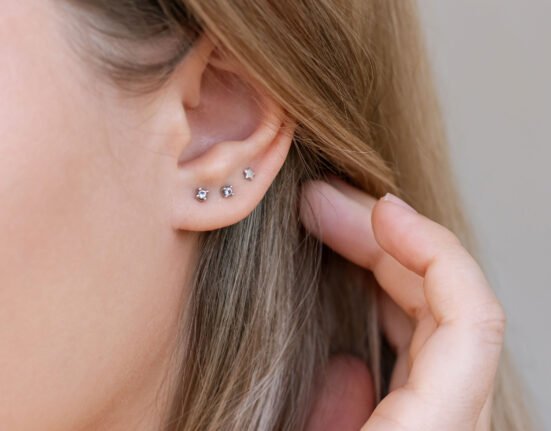

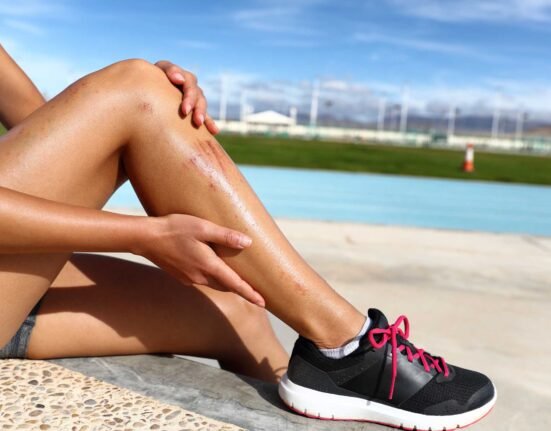

Leave feedback about this